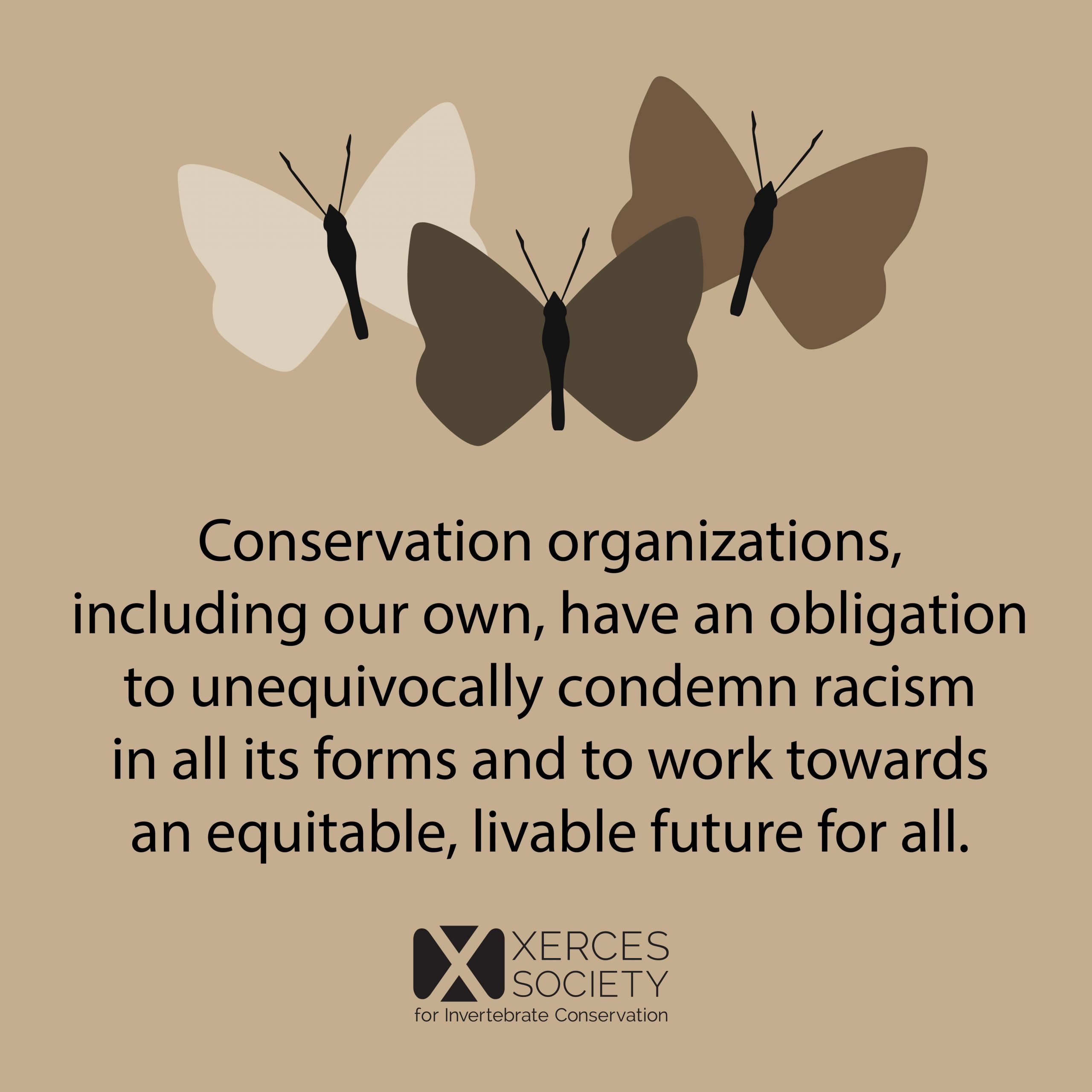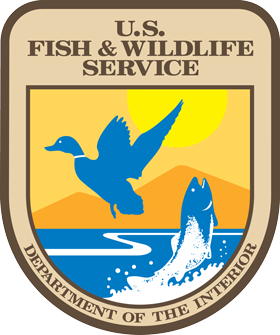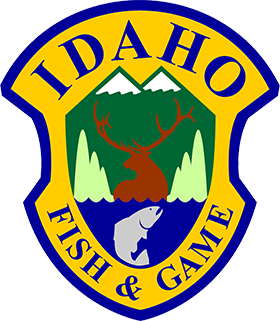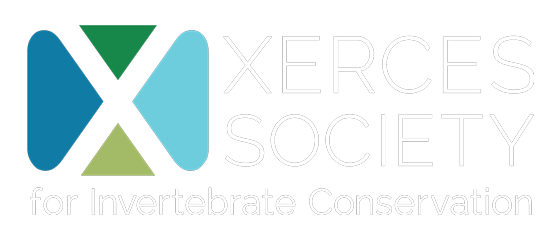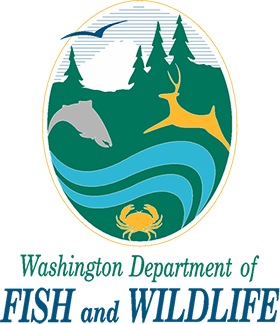This project is part of a collaborative effort to map and better understand monarch butterflies and their host plants across the Western U.S. Data compiled through this project will improve our understanding of the distribution and phenology of monarchs and milkweeds, identify important breeding areas, and help us better understand monarch conservation needs. Some of the key research questions that these data will help us answer include:
- Where are different milkweed species growing in the West?
- Where are monarchs occurring in the West?
- Where are monarchs breeding in the West?
- When is milkweed emerging and senescing (dying back) in the West?
- How does milkweed phenology (life cycle) differ by species?
- When is monarch breeding occurring in specific areas/regions of the West?
- What types of habitats are different milkweed species associated with?
How Can You Help?
Your help is critical to the success of this project! Because monarchs and their host plants are found all across the western U.S., the best way to document them is to engage a multitude of volunteers and their cameras. You can participate in this effort by using this website to:
- Upload your photos of monarchs and milkweeds;
- Identify milkweeds using our milkweed key, which profiles over 40 milkweed species found in the west;
- Submit data which will help researchers determine the distribution, phenology, and conservation needs of monarchs and milkweeds in the west; and
- Learn about monarchs, their host plants, and ongoing conservation efforts for these species.
Participating in our project is simple and you can get started now by creating an account via the “sign in” tab at the top of the page. Once you have an account, go out and start looking! Check your local parks, natural areas, gardens, and even roadsides. We’re looking for all stages of monarchs, so don’t forget to look at milkweed leaves and stems to see if caterpillars or eggs are present. Snap a few photos (learn more about how to photograph milkweeds and monarchs here) and then sign in and submit your data via our Milkweed and Monarch Sightings forms. Have fun while learning more about monarchs and the special habitats they use in your area!
Project Partners
Idaho Department of Fish and Game
Idaho Department of Fish and Game’s mission is to preserve, protect, perpetuate, and manage all fish and wildlife to provide for the citizens of Idaho. The agency is responsible for 668 vertebrates and over 4,000 invertebrates, and has state oversight of about 3,000 species of native plants. Idaho Fish and Game is engaged in multiple efforts to benefit the monarch butterfly and other pollinator taxa, including incorporating these species in the recent Idaho State Wildlife Action Plan revision and promoting voluntary, non-regulatory, and collaborative approaches to conserve monarchs and other declining pollinators with key partners and other interested stakeholders.
Washington Department of Fish and Wildlife
The Washington Department of Fish and Wildlife is dedicated to conservation of Washington’s fish and wildlife resources and ecosystems. The agency’s legal mandate is to preserve, protect, perpetuate, and manage wildlife within the state, including native insects like the monarch butterfly. Washington Fish and Wildlife also manages over a million acres in 33 designated wildlife areas across the state. Recent conservation concern for the monarch resulted in the agency designating it as a ‘species of greatest conservation need’ in the 2015 Washington State Wildlife Action Plan. Realizing little was known about monarch distribution, abundance, and habitat in Washington, the department has engaged in an intensive two-year survey for the butterfly and its requisite milkweed habitat.
The Xerces Society for Invertebrate Conservation
The Xerces Society is a nonprofit organization that protects wildlife through the conservation of invertebrates and their habitat. Xerces has a long history of working to protect monarchs and their habitat, and with a particular focus on the western monarch population. To address the needs of western monarchs, Xerces engages community scientists to monitor overwintering monarchs in California, partners with native seed producers to increase the availability of milkweed seed, and helps restore high-quality habitat for monarchs.
Funding Partners
National Fish and Wildlife Foundation
Chartered by Congress in 1984, the National Fish and Wildlife Foundation (NFWF) protects and restores the nation’s fish, wildlife, plants and habitats. Working with federal, corporate and individual partners, NFWF has funded more than 4,500 organizations and committed more than $3.5 billion to conservation projects. Learn more at www.nfwf.org.
U.S. Fish and Wildlife Service
The U.S. Fish & Wildlife Service (USFWS) mission is to work with others to conserve, protect and enhance fish, wildlife, and plants and their habitats for the continuing benefit of the American people. USFWS manages the 150 million-acre National Wildlife Refuge System of more than 560 National Wildlife Refuges and thousands of small wetlands and other special management areas. Conservation of the monarch butterfly is a priority for USFWS, and this includes working with multiple partners throughout North America to enhance our conservation efforts to provide a future filled with monarchs.
State and Wildlife Action Plan Initiatives
In 2000, Congress created the State and Tribal Wildlife Grants (SWG) Program, which for the first time provided funding to state fish and wildlife agencies for the conservation and management of nongame species. The funding was distributed to the states with the condition that each state develop a 10-year State Wildlife Action Plan (SWAP)—the strategic direction to implementing proactive, non-regulatory, action-based solutions to conserve and manage states’ diverse fish and wildlife and the habitats they depend on. Each SWAP identified highest priority “Species of Greatest Conservation Need” (SGCN) and guidance on how to invest SWG funds to benefit rare or declining species where few to no other funding mechanisms exist. Congress required that all states commit to reviewing and, if necessary, revising their SWAPs every 10 years.
The first iterations of SWAPs generally did not focus on invertebrate organisms; however, that is changing. With 10-year revisions completed or underway, many states have integrated new information and emerging priorities about pollinators, including monarch butterflies, into their SWAPs. For example, Idaho Department of Fish and Game and Washington Department of Fish and Wildlife have designated the monarch as a Species of Greatest Conservation Need in their SWAPs. To adequately assess this species in their SWAPs, states are in need of state-specific data on monarch butterflies and their milkweed host plants.
Data compiled through the Western Monarch Milkweed Mapper will enhance state SWAPs by addressing critical knowledge gaps on western monarch distribution, relative abundance, and habitat use within each state. In addition, this new information will improve the quality and comprehensiveness of state SWAPs by enabling assessment of monarch conservation status, key threats, and actions needed for state and metapopulation viability. Information, data, and tools developed from this project will significantly enhance the utility and relevance of state SWAPs. SWAP utility will also be advanced through improved networking and data exchange with decision makers, land managers, researchers, and stakeholders to facilitate actions that support landscape-scale conservation of monarch butterflies and other pollinator species.
Read more about SWAPs and see if the plan for your state includes monarchs as a SGCN.
Diversity, Equity, and Inclusion Statement
The Xerces Society is committed to establishing and maintaining a diverse and inclusive community that collectively supports our mission: to protect the natural world by conserving invertebrates and their habitat. We recognize that climate change, biodiversity loss, contamination of water, soil, and air with pesticides and other toxics and many other environmental challenges have disproportionate negative impacts on communities of color and economically disadvantaged communities. Read more here.
